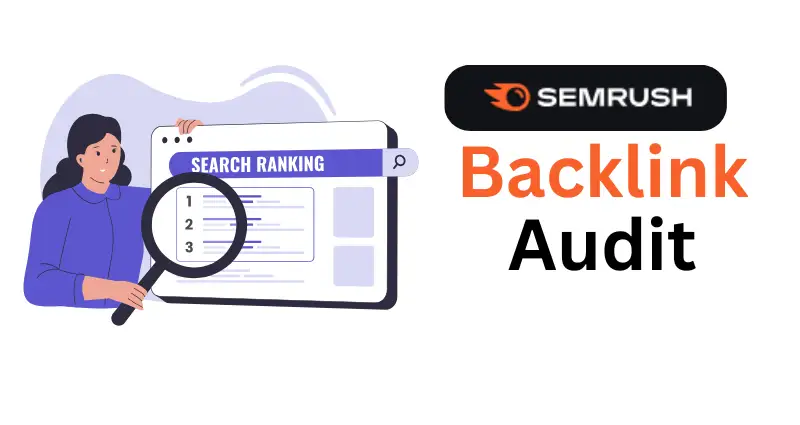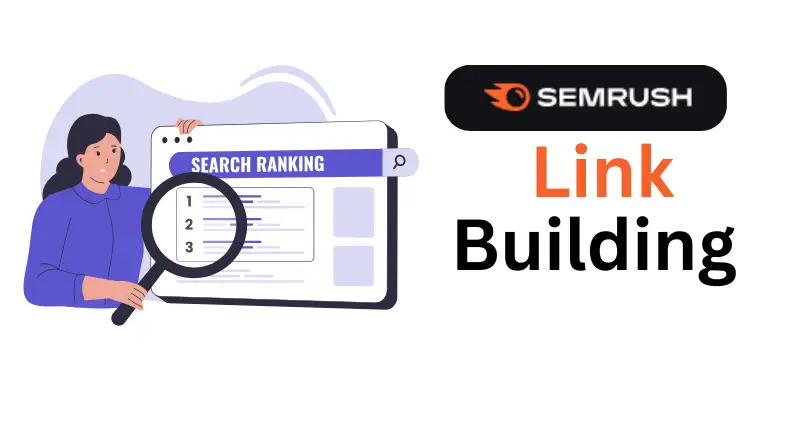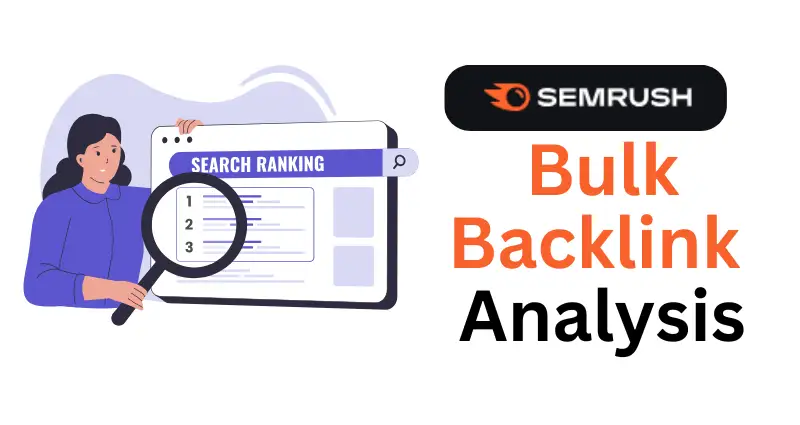If you’ve ever struggled with creating content that ranks well on search engines, SEMrush’s SEO Content Template can feel like a godsend.
But let’s be honest:
it can also be a little overwhelming at first. What does it all mean?
And how can you use it effectively to create better content?
Fear not!

What is the SEMrush SEO Content Template?
The SEMrush SEO Content Template is a tool that helps you optimize your content to rank higher on search engine results pages (SERPs).
By analyzing your top competitors for a given keyword, it provides actionable recommendations for creating content that aligns with search intent and SEO best practices.
Think of it as your content GPS: it won’t write the content for you (sorry, no shortcuts here), but it’ll tell you exactly where to go and how to get there.
Why Use the SEMrush SEO Content Template?
Here are a few reasons why it’s worth your time:
- Competitor Insights: It gives you a sneak peek into what’s working for your competitors.
- Actionable Recommendations: From keywords to backlinks, it lays out exactly what you need.
- Content Optimization: Helps ensure your content is SEO-friendly from the start.
- Time-Saving: Reduces the guesswork and lets you focus on creating great content.
How to Use the SEMrush SEO Content Template: A Step-by-Step Guide
1. Input Your Target Keyword
Start by entering your primary keyword into the tool. For example, let’s say your keyword is “vegan dessert recipes.” SEMrush will analyze the top 10 pages ranking for this keyword and generate a set of recommendations.
Pro Tip: Choose keywords that balance search volume and competition. Tools like SEMrush’s Keyword Magic Tool can help you identify the sweet spot.
2. Understand the Key Recommendations
Here’s a breakdown of the major elements the template provides:
a. Recommended Keywords
The tool suggests related keywords and semantically similar terms to include in your content. For instance, for “vegan dessert recipes,” you might see terms like:
| Primary Keyword | Related Keywords |
|---|---|
| Vegan dessert recipes | Dairy-free desserts, vegan cake |
| Gluten-free vegan desserts |
Action Tip: Sprinkle these related keywords naturally throughout your content. Don’t overstuff; you’re making a cake, not a burrito.
b. Readability Score
SEMrush will suggest a readability level based on the content that’s already ranking. For example:
- Readability target: 60-70 on the Flesch-Kincaid scale (8th-grade reading level).
Action Tip: Use tools like Hemingway Editor to ensure your content is clear and concise.
c. Backlink Recommendations
The tool identifies the types of backlinks your competitors have and suggests domains to target.
| Competitor | Suggested Backlink Sources |
| Site A | Food blogs, recipe directories |
| Site B | Vegan lifestyle websites, forums |
Action Tip: Reach out to these domains with a compelling pitch for why your content is worth linking to.
d. Text Length
The tool suggests an average word count based on top-performing pages. For example:
| Keyword | Average Word Count |
| Vegan dessert recipes | 1,200 words |
Action Tip: Aim to meet or slightly exceed the recommended word count. More depth often equals more value.
e. Basic SEO Recommendations
SEMrush provides tips like:
- Include the primary keyword in the title, H1, and first 100 words.
- Optimize meta descriptions to include keywords and a call-to-action.
Humor Break: Writing a meta description without a call-to-action is like baking a cake without frosting. Sure, it’s technically edible, but who wants it?
3. Craft Your Content
Now that you have all the data, it’s time to create! Here’s how:
a. Outline First
Create a structure for your content. For example:
Title: 10 Delicious Vegan Dessert Recipes You Can Make in Under an Hour
H1: Vegan Dessert Recipes for Every Occasion
H2s:
- Why Go Vegan with Your Desserts?
- 10 Quick and Easy Vegan Dessert Recipes
- Tips for Perfect Vegan Baking
b. Write Naturally
Incorporate the keywords and recommendations, but keep your tone natural and engaging. Nobody likes robotic content.
c. Add Visuals and Tables
Enhance your content with visuals and tables, like:
| Recipe Name | Prep Time | Ingredients Needed |
| Vegan Brownies | 30 mins | Cocoa, almond milk |
| Dairy-Free Cookies | 25 mins | Coconut oil, oats |
4. Optimize Post-Writing
After writing, use the SEMrush SEO Writing Assistant to:
- Check keyword usage.
- Analyze readability.
- Ensure your tone matches the target audience.
5. Publish and Monitor
After publishing your content, don’t forget to:
- Promote it on social media.
- Build backlinks using the suggested domains.
- Monitor performance using SEMrush’s Position Tracking Tool.
Humor Break: Publishing without promotion is like throwing a party without inviting guests. Sure, the cake’s great, but who’s eating it?
Conclusion
The SEMrush SEO Content Template isn’t just another shiny tool; it’s a practical, value-driven resource for creating content that ranks.
By following the steps outlined above, you’ll not only improve your SEO but also deliver real value to your readers.
Remember, SEO is a marathon, not a sprint. Consistency and quality always win the race—and with SEMrush by your side, you’ve got a solid pair of running shoes.
Now go forth and create content that ranks… and maybe grab a vegan brownie while you’re at it!






